
How Fast Can Electric Bikes Go? Top Speeds, Motor Power & Safety Tips
Electric bikes are capable of much higher speeds than standard bicycles, thanks to motor assistance. How fast an ebike can go depends on factors like motor power, rider effort, terrain, and battery capacity. From beginner-friendly models that assist up to 15.5 mph (25 km/h) to high-powered bikes that can exceed 60 mph (97 km/h), the speed potential of electric bikes is impressive. This article explores how motor power affects top speeds, what high-speed ebikes can achieve, and key safety considerations when riding fast.
How Fast Can Electric Bikes Go in the UK?
Pedal Power vs Electric Assistance
The speed of an electric bike isn’t just determined by the motor—it also depends on how fast you can pedal. On flat terrain, a rider’s pedalling effort can take an ebike well beyond the motor-assisted speed, making pedalling an important factor for reaching higher speeds.
Practical Considerations
Motor power, battery level, rider weight, and terrain all influence real-world speeds. Understanding your bike’s performance capabilities can help you plan rides efficiently, whether you’re commuting, exercising, or enjoying faster rides on open paths. Safety gear is also important when riding at higher speeds, even if you are within legal limits.
Electric Bike Motor Power and Top Speeds: How Fast Your Ebike Can Go
The motor of an electric bike is one of the main factors that determine how fast it can go, as well as how it performs on hills, during acceleration, and under load. Understanding the relationship between motor wattage, speed, and performance can help riders make informed choices.
Typical Motor Powers and Corresponding Speeds
Different motor wattages provide very different performance levels and top speeds, making it important to choose the right motor for your riding style and needs.
-
250W: Up to 15-20 mph (24-32 kph), often found on lightweight, legal city bikes.
-
500W: Can reach speeds up to 20-27 mph (32-43 kph) and offers more power for urban commutes and moderate hills.
-
750W: Standard for Class 3 e-bikes, with typical speeds reaching up to 28 mph (45 kph).
-
1,000W to 1,500W: High-performance models capable of speeds between 28-40 mph (45-64 kph) and better hill-climbing ability.
-
2,000W: Can reach speeds around 45 mph (72 kph).
-
5,000W: Can achieve speeds of approximately 60 mph (96 kph).
-
8,000W: Capable of speeds up to 68 mph (109 kph).
-
10,000W: Can reach speeds of 85 mph (137 kph) without a speed limiter.
While these figures represent potential top speeds under ideal conditions—flat terrain, fully charged battery, and optimal weather—real-world factors such as rider weight, wind resistance, road surface, and tire type often reduce achievable speeds.
Key Factors Influencing Electric Bike Top Speed
Even with a powerful motor, the actual top speed of an electric bike depends on multiple conditions. These can either boost performance or limit how fast the bike can go in real-world riding.
Battery Capacity and Voltage
A larger battery (measured in amp-hours, Ah) stores more energy, allowing the motor to sustain high power output for longer rides without performance dips. Voltage also plays a crucial role: higher-voltage systems (such as 48V, 52V, or 72V setups) deliver more energy to the motor, resulting in stronger acceleration and the ability to maintain top speeds more consistently. A 250W motor on a 36V battery performs very differently from the same motor paired with a 48V system.
Rider Weight
Heavier riders require more power to achieve and maintain high speeds. For example, a 500W motor may carry a 60 kg rider to 25 mph (40 km/h) with ease, but a 100 kg rider might only reach 20–22 mph (32–35 km/h) on the same bike. Carrying extra cargo or passengers has a similar effect, reducing top speed and acceleration.
Terrain and Incline
Flat, paved roads allow an e-bike to reach its maximum potential speed, while hilly or uneven terrain reduces it. Steep inclines demand much more power from the motor, and even high-wattage bikes will see reduced speeds when climbing. Off-road trails, with their rough surfaces and frequent elevation changes, also limit top-end performance compared to smooth tarmac.
Wind Resistance
Air drag grows significantly at higher speeds. At 15 mph (25 km/h), wind resistance is minimal, but at 30 mph (48 km/h) or more, it becomes the main factor slowing the rider down. A strong headwind can noticeably reduce top speed, while a tailwind can help push the bike faster. Aerodynamics also play a role — riders who adopt a streamlined, tucked posture can often gain a few extra mph compared to upright riding.
Tire Size and Type
Thin, high-pressure road tires roll efficiently on smooth surfaces, helping maximize speed. On the other hand, wide or knobby mountain bike tires provide better traction on dirt or gravel but create rolling resistance, reducing maximum speed. Tire pressure also affects performance: underinflated tires increase drag, while properly inflated ones improve efficiency.
Bike Design and Components
The overall build quality of the bike influences speed. Lightweight frames accelerate more easily, while heavy-duty frames designed for stability may slightly reduce agility. Brakes, suspension, and gearing also matter — powerful hydraulic brakes and smooth gear systems help control higher speeds safely, while advanced controllers regulate how efficiently power is delivered to the motor.
How Motor Power Affects Performance
Higher motor power on an electric bike doesn’t just increase its top speed—it also has a significant impact on overall performance. A more powerful motor improves acceleration, allowing the bike to reach its maximum speed more quickly, which is especially useful when merging into traffic or overtaking. It also enhances hill-climbing ability, helping riders tackle steep inclines with less pedalling effort, making it easier for heavier riders or those carrying cargo. Additionally, stronger motors assist in load carrying, maintaining consistent speed even when transporting passengers, luggage, or panniers, which ensures a smoother and more efficient ride.
Cost Considerations of Higher-Powered Motors
Electric bikes with stronger motors generally come at a higher price due to several factors. High-wattage motors consume more energy, which requires larger batteries with greater capacity. Additionally, the bike’s components—such as the frame, brakes, and wheels—must be reinforced to handle the increased speeds and torque.
Advanced electronics, including motor controllers and safety systems, also become more complex and contribute to the overall cost. Choosing the right motor ultimately depends on your riding priorities: commuters and casual riders typically benefit from 250–500W motors, while enthusiasts seeking extreme performance or off-road capability may prefer bikes equipped with 1000W or higher motors.
Extreme and High-Speed Electric Bikes
Electric Bikes Beyond Standard Limits
Some electric bikes are built with performance in mind, featuring powerful motors that go far beyond the limits of standard commuter models. These machines can reach speeds of 50–85 mph (80–137 km/h), depending on the motor size, battery capacity, and design. At this level, e-bikes begin to overlap with the performance of mopeds and even light motorcycles, offering an adrenaline-filled riding experience that is very different from casual cycling.
What sets these high-powered e-bikes apart is not just their speed, but also their engineering and design features. They typically come with larger batteries to support the extra power draw, advanced suspension systems for stability at high speeds, and reinforced frames capable of handling the stress of rapid acceleration and braking. Riders also benefit from powerful hydraulic brakes, wider tires for better grip, and advanced controllers that regulate performance smoothly.
These bikes are popular among enthusiasts who seek extreme performance for off-road trails, sport riding, or specialized use cases. The combination of raw power and cutting-edge components makes them impressive machines, showcasing how far electric bike technology has evolved.
Safety Risks of High-Speed Riding
Riding at such extreme speeds carries significant safety risks. Most bicycle frames, brakes, and wheels are not built to handle these forces, increasing the likelihood of accidents. The higher the speed, the greater the stopping distance and potential for serious injury in a crash. Protective gear such as helmets, gloves, and pads is essential.
iHoverboard Electric Bikes: Top Speeds and Performance of Each Model
iHoverboard offers a diverse range of electric bikes tailored to various riding preferences and needs. Below is a comparison of the current models:
|
Model |
Top Speed (mph) |
Top Speed (km/h) |
Max Range (miles) |
Max Range (km) |
Motor Power |
Price (GBP) |
|
15.5 |
25 |
25–40 |
40–65 |
500W |
£346.99 |
|
|
20 |
32 |
43–65 |
70–105+ |
250W (500W max) |
£569.99 |
|
|
18.6 |
30 |
50+ (pedal assist), 31–40 (electric mode) |
80+ / 50–65 |
250W (500W max) |
£397.99 |
|
|
19 |
30.6 |
35–55 |
56–89 |
250W (500W max) |
£487.99 |
|
|
20 |
32 |
35–55 |
56–89 |
250W (500W max) |
£539.99 |
|
|
22 |
35 |
44–60 |
70–100 |
250W (500W max) |
£525.99 |
The electric bike models from iHoverboard are designed to balance performance with practicality, offering speeds that suit both city commuting and recreational riding. With motor outputs ranging from 250W (500W peak) to 500W, these bikes typically reach top speeds of around 20–25 mph (32–40 km/h). This makes them fast enough for smooth urban travel while remaining efficient and comfortable for longer journeys. Their speed ranges ensure riders can choose a model that fits their lifestyle, whether it’s daily commuting, off-road exploration, or all-terrain adventure.
Electric Bike Safety at High Speeds
Staying in Control at Higher Speeds
Riding an electric bike at higher speeds can be an exciting and enjoyable experience, but it requires more focus and awareness. As your speed increases, the bike responds more quickly to inputs, so maintaining smooth control over braking, cornering, and steering becomes especially important. High speeds also put extra demand on components like brakes, tires, and suspension, which is why choosing a well-built bike and keeping it properly maintained is key to ensuring safe and smooth rides.
Smooth, predictable riding habits make high-speed cycling safer and more comfortable. Allowing a bit more space for braking, taking wide and steady turns, and being aware of road conditions all help maintain confidence and stability. When handled correctly, riding fast on an e-bike can feel both powerful and safe.
Importance of Wearing Safety Gear
Safety gear is what allows riders to truly enjoy higher speeds with peace of mind. A high-quality helmet, cycling gloves, and comfortable protective clothing can make every ride more secure while also enhancing comfort on longer journeys. Many riders also add padded jackets or reflective gear, which not only protect but also improve visibility to others on the road.
Riding at faster speeds is most enjoyable when you feel prepared. Good lighting, bright clothing, and proper gear all add layers of confidence, letting you focus on the fun of the ride. With the right equipment and habits, electric bikes can be both thrilling and safe, even at higher speeds.
Conclusion
Electric bikes offer a thrilling combination of pedalling and motor assistance, with speeds ranging from modest commuting speeds to high-performance levels that rival motorcycles. Motor power plays a major role in determining top speed and acceleration, while terrain and rider effort also affect performance. Understanding your ebike’s capabilities and riding safely ensures you can enjoy the full potential of these powerful machines without putting yourself or others at risk.
FAQs
Can an electric bike go 60 mph?
Some high-powered electric bikes equipped with motors around 5000W are capable of reaching impressive speeds of up to 60 mph (97 km/h). These bikes deliver rapid acceleration and can maintain high speeds on flat terrain, offering an exhilarating riding experience. Standard electric bikes typically provide assistance up to 15.5 mph (25 km/h), while higher-performance speed pedelecs can assist up to 28 mph (45 km/h), making 60 mph achievable only on specialized high-powered models.
Can a 250W electric bike go uphill?
Yes, a 250W electric bike can assist you while going uphill, but its performance depends on factors like the slope, rider weight, and terrain. On moderate inclines, the motor can provide enough power to make pedalling much easier, while steeper hills may require more effort from the rider. Although 250W is standard for UK-compliant ebikes, higher-powered motors will climb hills faster and with less physical effort.
How fast can a 1000W electric bike go?
A 1000W electric bike can typically reach speeds of around 45 mph (72 km/h), depending on terrain, rider weight, and other conditions. Higher motor power allows for faster acceleration and better performance on hills compared to lower-powered e-bikes.
Do you need a licence for an electric bike?
You do not need a licence to ride a standard electrically assisted pedal cycle (EAPC) with a 250W motor that provides assistance up to 15.5 mph (25 km/h). For faster models like speed pedelecs, which provide assistance up to 28 mph (45 km/h), the motor delivers more power, allowing for quicker acceleration and higher speeds.






































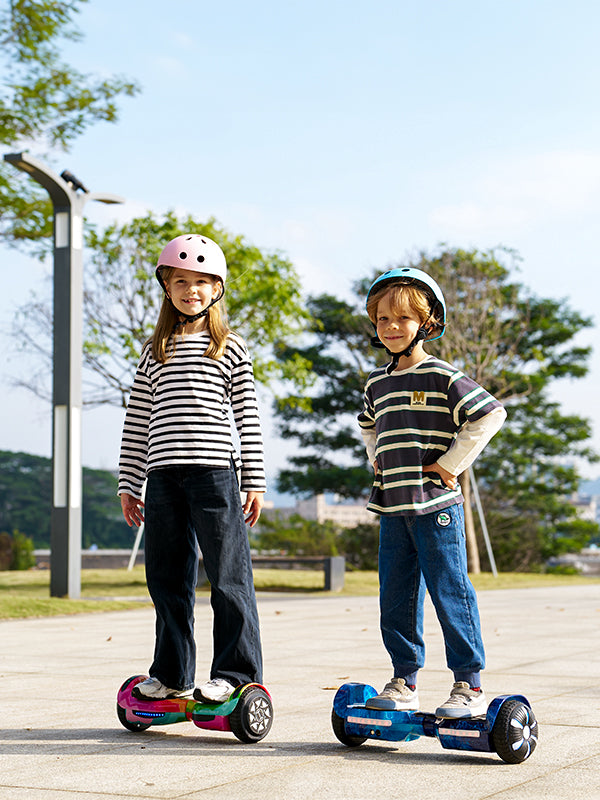




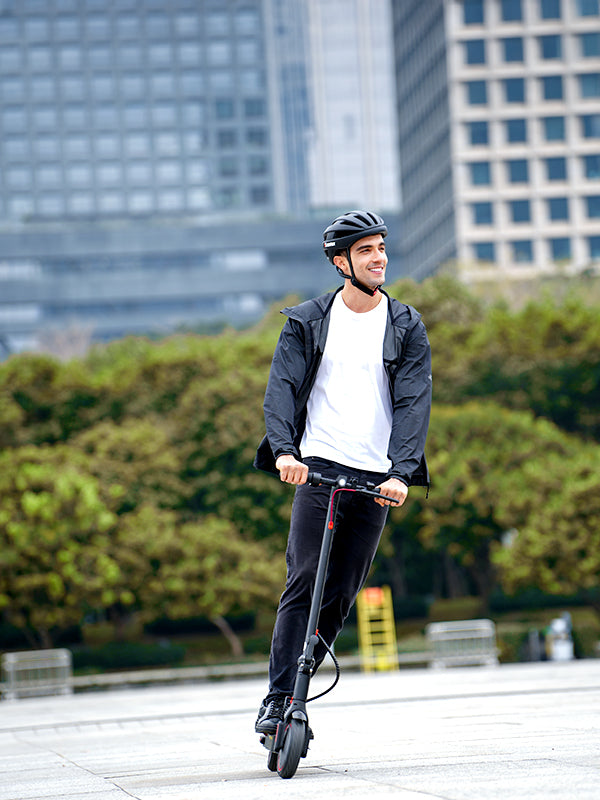




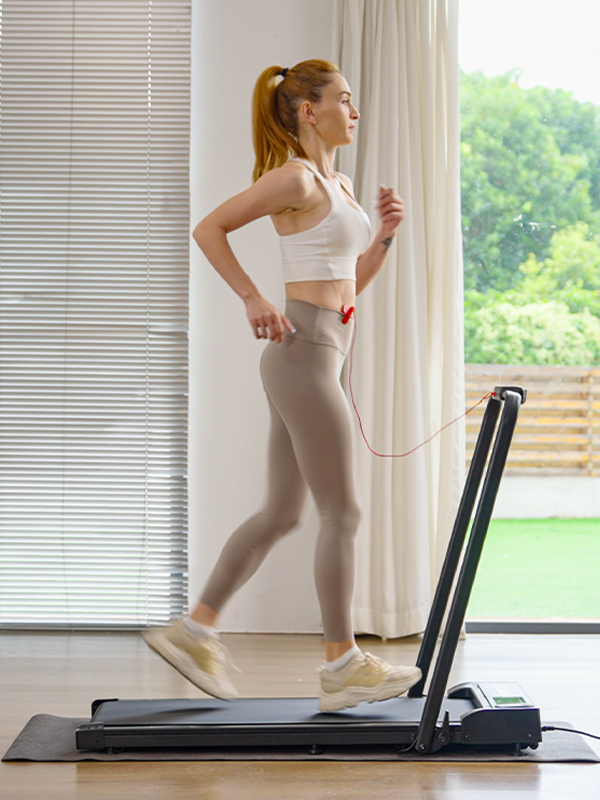





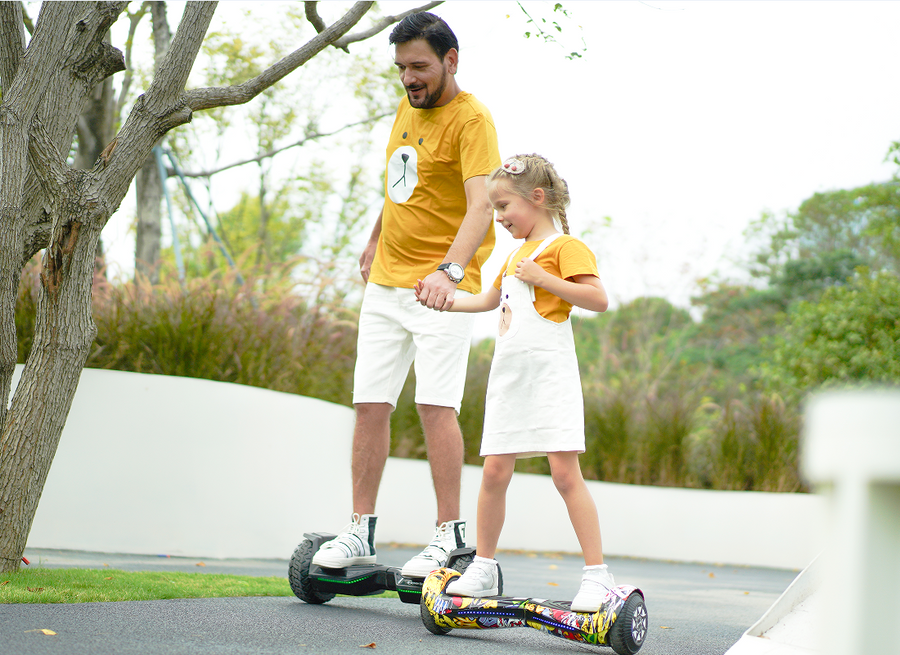
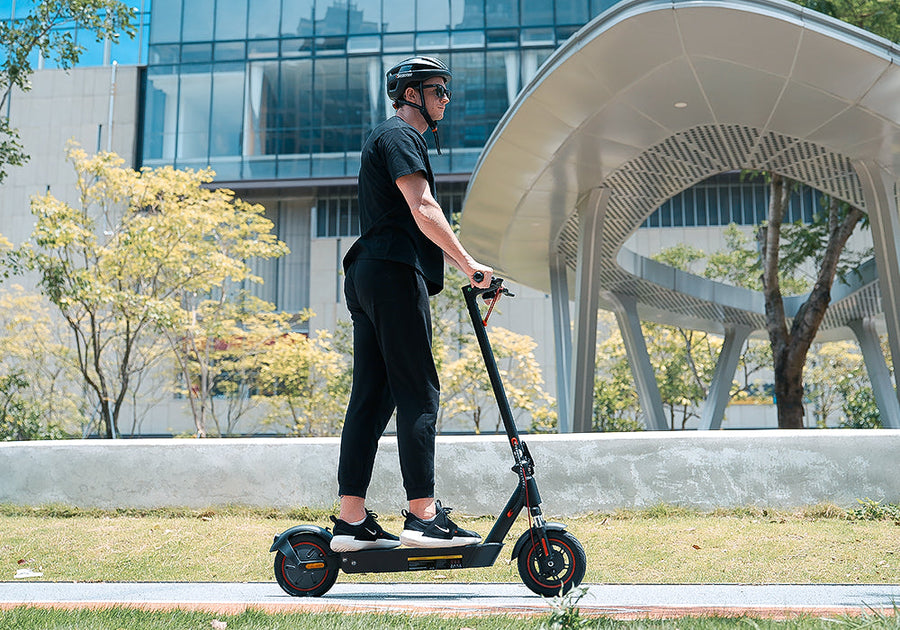
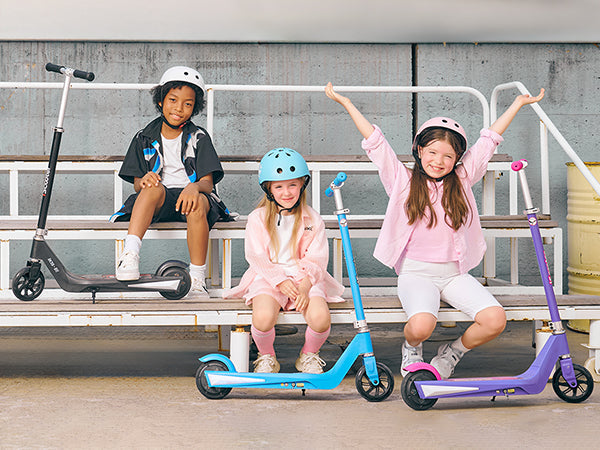
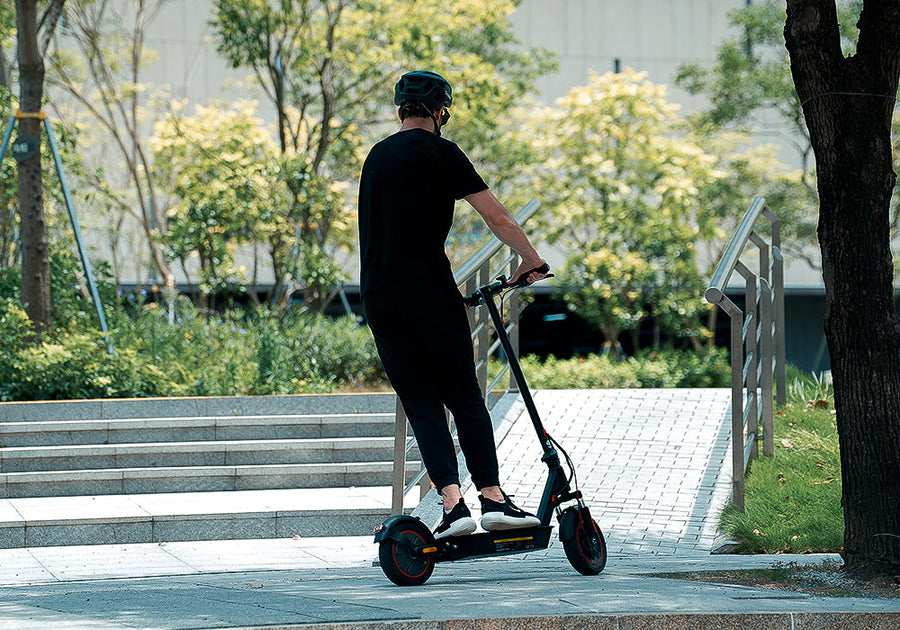


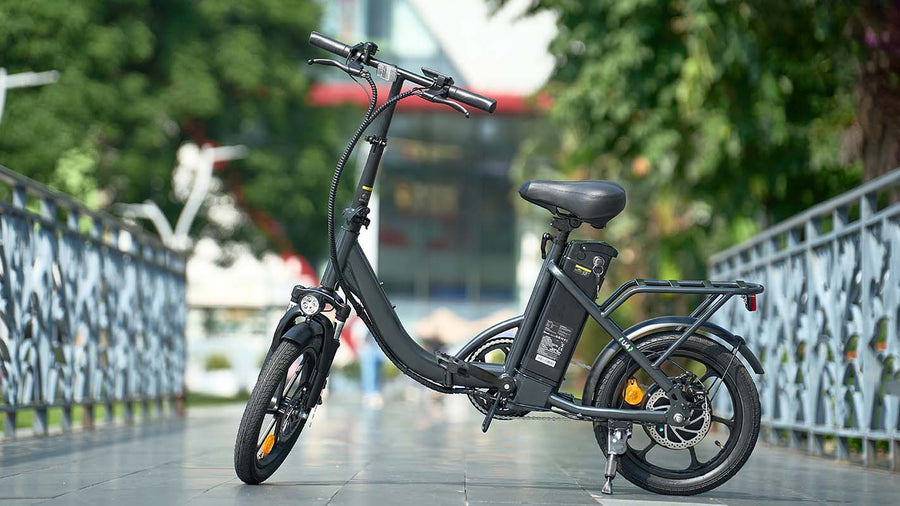
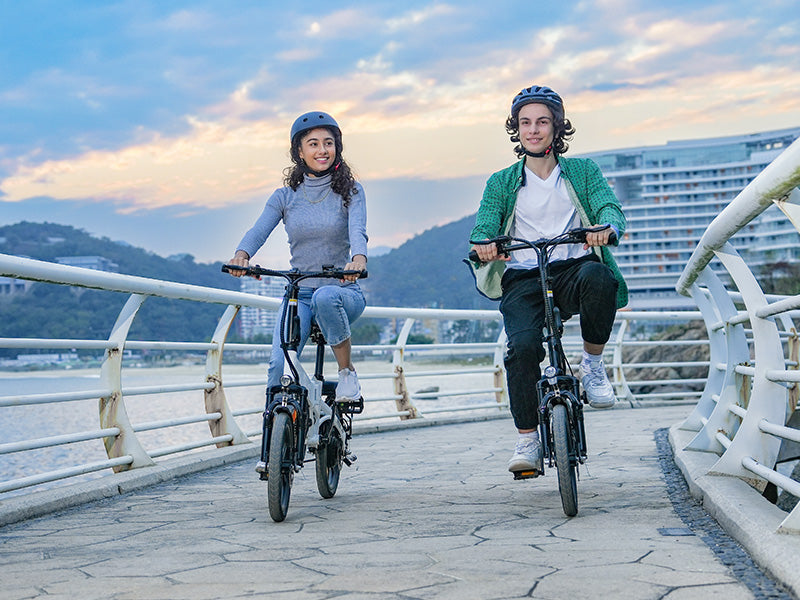








Still, need help? Contact Us: support@ihoverboard.com
What's the option? Check out the option now!
Leave us a message